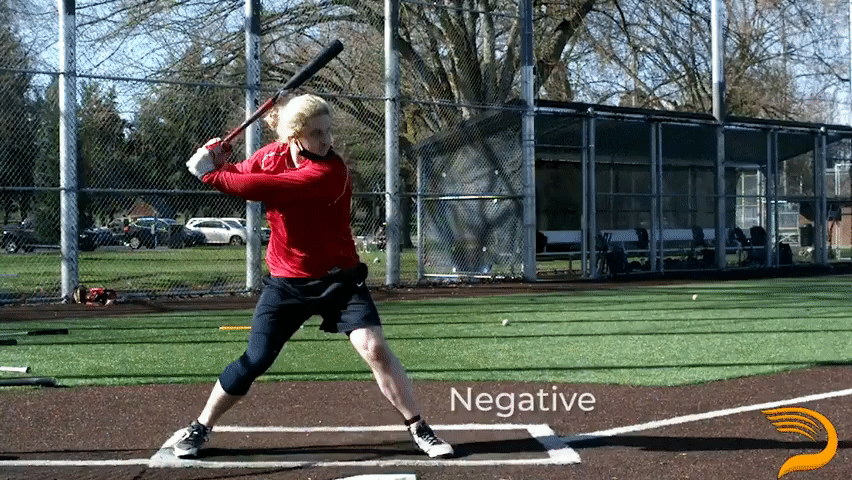Using Football To Get Better At Baseball
"I said ‘let’s go out and try to hit some field goals.’"
Ted Williams wrote in The Science of Hitting that the “slightly upward swing is the ideal path.”
It took years for Williams’ theories to be embraced but he has largely been vindicated in the modern era: Hitting the ball in the air has proven to be more impactful than driving it into the ground.
(If you think otherwise, you can yell at me on Twitter.)
Understanding a hitter’s swing path is one way to tell if they are capable of getting the ball in the air on a regular basis.
Experienced coaches will be able to tell from swings what a hitter’s path is (up, down or level), however, by using a bat sensor from Blast Motion or Diamond Kinetic, you can obtain a metric called attack angle and have certainty of where in the swing path the hitter’s bat is making contact with the ball.
Certainly you don’t need to invest in the tech but, as this clip below from Driveline Baseball’s hitting trainer John Soteropulos shows, a hitter’s swing can have all three elements in it. With a bat sensor, you can isolate the data point that will tell you if a hitter is swinging uphill, level, or downhill at the moment of contact.
If the attack angle number is positive, a hitter is swinging with an upward plane. If a hitter’s attack angle is in the negative range, they are swinging down on the ball. A measurement of zero is a swing that is parallel to the ground.
Reversed engineered data shows that the vast majority of major league hitters have positive attack angles. This makes sense because the positive attack angle at contact is important because, as Dr. Alan Nathan’s research showed, in order to hit the ball with the greatest distance, you need to match the plane of the pitch. The pitch, because of gravity and spin, is falling. Therefore, to maximize distance, a swing needs to be climbing through the ball. Yet as Jason Ochart, the Phillies’ hitting coordinator and director at Driveline Baseball, found was that one-third of Driveline’s amateur hitters have negative attack angles at impact:


Assuming you want a team full of maniacs who can crush baseballs a long ways, once you assess your hitters with bat sensor tech and identify those with predominantly negative attack angles, you can begin to adjust their swings.
There is a lot of nuance when discussing the swing (timing, pitch selection, mechanics, etc) but let’s assume for a moment you have a bunch of strong, athletic hitters that are chopping down on the ball -- players who are wearing out the infield grass every batting practice -- and not a lot of time or resources (beyond the bat sensor you purchased, of course). How would you go about correcting those swing planes?
Before he joined the Phillies or even Driveline Baseball, Ochart devised a simple drill that would help one of his Menlo College baseball players improve his negative attack angle: He set up a batting tee with a football.
“I set it on the tee and angled it so the laces were slightly angled downward, and my thought was that was a good visual target,” Ochart told The Athletic. “Try to hit the laces and create an upswing. A good visual for them to organize their body to hit it correctly. We did it in the cage and the guys were blasting into the top of the cage, and we were right by a football field, so I said ‘let’s go out and try to hit some field goals.’”
By providing hitters with a target in practice (the laces facing downward), they have to create an upward swing path in order to make optimal contact. There’s also the immediate feedback provided by the flight of the football. If the ball careens into the ground, there was likely a downhill component of the swing. If it goes sailing into the air like a mid-liner punt, it was likely met with the right amount of uphill contact.
As Ochart said, this drill worked well with college-aged players but it could easily be used for all levels. Once you have done this several times, you can measure the hitters’ swings again against baseballs and see where the attack angle now falls.
Or just enjoy watching those baseballs fly.
If you enjoyed this post and want to receive more like it, please consider subscribing for a weekly email:




